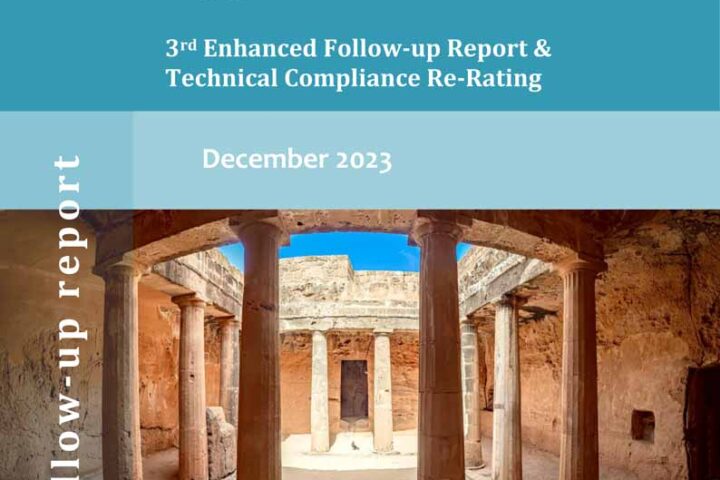The U.S. economy probably contracted again in the second quarter, pressured by a huge inventory liquidation, but the pace of decline likely slowed from previous periods, according to a Reuters survey.
While it would be the fourth straight quarter of declines in gross domestic product, analysts said it would be the last period of contraction, with the economy projected to start clawing out of the housing-led recession in the third quarter.
It would mark the first time that the economy has shrunk for four straight quarters since records dating back to 1947.
The Commerce Department will release its first, or advance, estimate of second-quarter GDP at 8:30 a.m. (1230 GMT) on Friday. It will also publish revisions dating back to 1929.
Analysts do not expect surprises but will scrutinize the report for evidence that the savings rate was much higher than first thought, which could signal that consumers are further along in the process of rebuilding lost wealth.
The survey of 72 analysts forecast GDP fell at a 1.5 percent annual rate in the April to June period after dropping by 5.5 percent in the first quarter.
"This is going to be the last negative GDP quarter. We are going to have positive GDP this (second) quarter. We have been saying that the recession will end this summer and this is it," said Bernard Baumohl, chief global economist at The Economic Outlook Group in Princeton, New Jersey.
INVENTORIES TO WEIGH ON GDP
Subdued demand is forcing manufacturers to cut production while working off excess stockpiles of unsold goods.
"The bulk of the decline (in GDP) will be due to a continued drawdown in real inventories," said Mark Vitner, economist at Wells Fargo Securities in Charlotte, North Carolina.
"Our forecast calls for inventories to drop by around $100 billion, which would subtract around 0.4 percentage points from second quarter real GDP."
The decline in inventories lopped off 2.2 percentage points from first quarter GDP after subtracting 0.11 percentage points in the fourth quarter.
Analysts said the impact of the expected large drawdown in inventories on second quarter output would likely be mitigated by a slowdown in the rate of decline in other components of GDP, including residential investment.
An improved trade balance position and government spending are expected to make positive contributions.
"These are signs the recession could be coming to a close here. In most areas of GDP, the contraction is going to be decelerating quite sharply from the fourth and first quarters," said Zach Pandl, an economist at Nomura Securities International in New York.
"I won't totally rule out second quarter GDP in positive territory," said Pandl, who forecast a 0.3 percent contraction pace in second quarter GDP.
Consumer spending, which accounts for more than two-thirds of economic activity, probably slipped in the second quarter after rebounding in the January-March period, according to analysts.
But a recovery in the stock market and signs of house price stability could spur spending in the third quarter. That, coupled with record low inventory levels, should help lift the economy in the second half of the year out of the longest recession since the Great Depression.
"The deterioration in household wealth stopped in the second quarter, largely because of the fact that the stock market has increased in value and also home prices have begun to stabilize," said The Economic Outlook Group's Baumohl.
"The job market is very slowly in the process of improving. There is a recognition among the 90 percent of the people who do have jobs that perhaps the worst is over and that they may be a bit more secure. They could end up spending a bit more money."







